Solar Power In Carmel, California
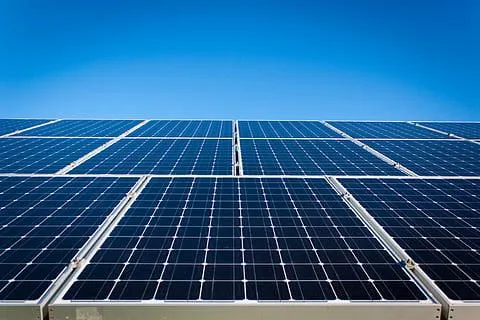
Are You Ready To Shred Your Energy Bill??
Are you tired of those high electricity bills? Looking to add value to your home? OR you want to reduce your carbon footprint and do your part for the environment? Then you're in the right place!
Carmel Solar is the leading provider of residential solar energy systems in Carmel-by-the-Sea and the surrounding Monterey County. We combine decades of experience, a pinpoint attention to detail and outstanding customer service to bring the absolute best-quality product to our customers. Contact us today for a free estimate and have us install a brand new solar energy system on your roof, and you will quickly start to reap the benefits!
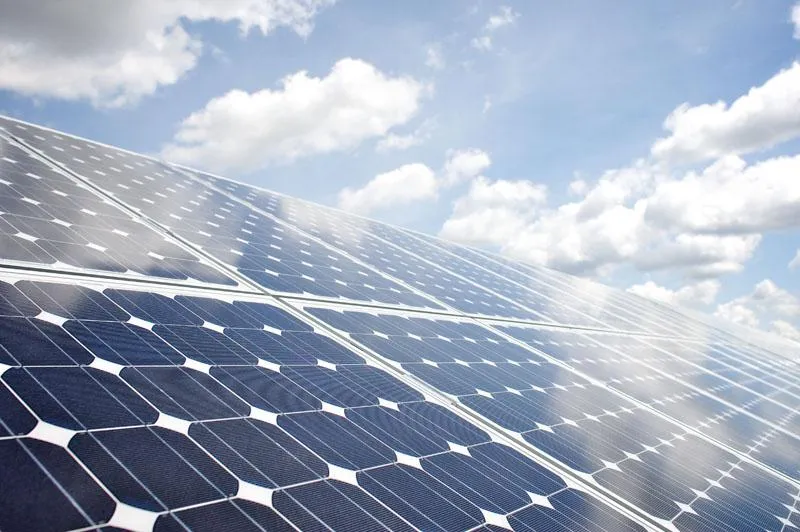
Residential Solar Power Installation
Solar power is one of the best ways to save money on your electricity bill, but it can be hard to understand how a solar panel installation works.
There are two types of residential solar systems: grid-tied (or grid-connected) and off-grid. Grid tied systems use the energy from the sun while you're not at home and then sell that energy back into the local grid when you need extra power during peak hours. Off-grid systems do not connect to the grid in any way so they only provide backup power for when there's no sunlight available.
Our team will take care of everything throughout this process so you don't have to worry about anything except enjoying all your savings! We'll install either a grid-connected or an off-grid system depending on what makes sense for your property and budget. We'll also handle getting permits from city hall as needed.
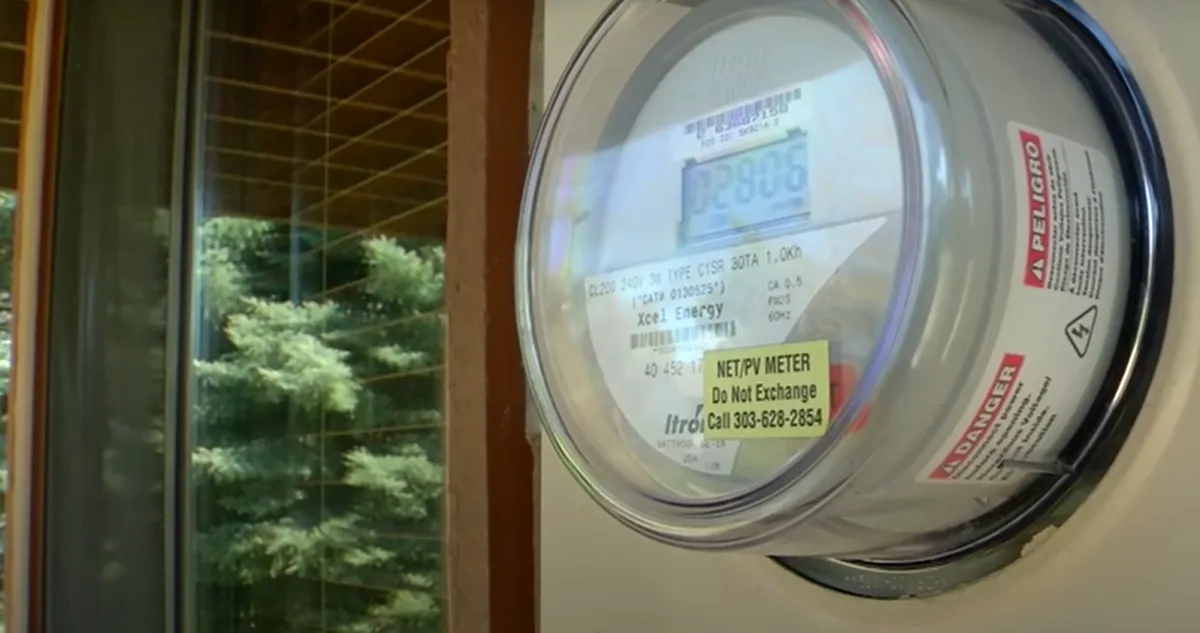
Grid-connected solar panel systems
A grid-connected photovoltaic system, often known as a grid-tied system or grid-connected PV system, is a solar PV power system that is connected to the utility grid and generates electricity. Solar panels, one or more inverters, a power conditioning unit, a solar generator, and grid connection equipment make up a grid-connected PV system. They range in size from tiny rooftop solar systems for homes and businesses to massive utility-scale solar power plants.
Unlike stand-alone power systems, a grid-connected system rarely includes an integrated battery solution, as they are still very expensive. When conditions are right, the grid-connected PV system supplies the excess power, beyond consumption by the connected load, to the utility grid.
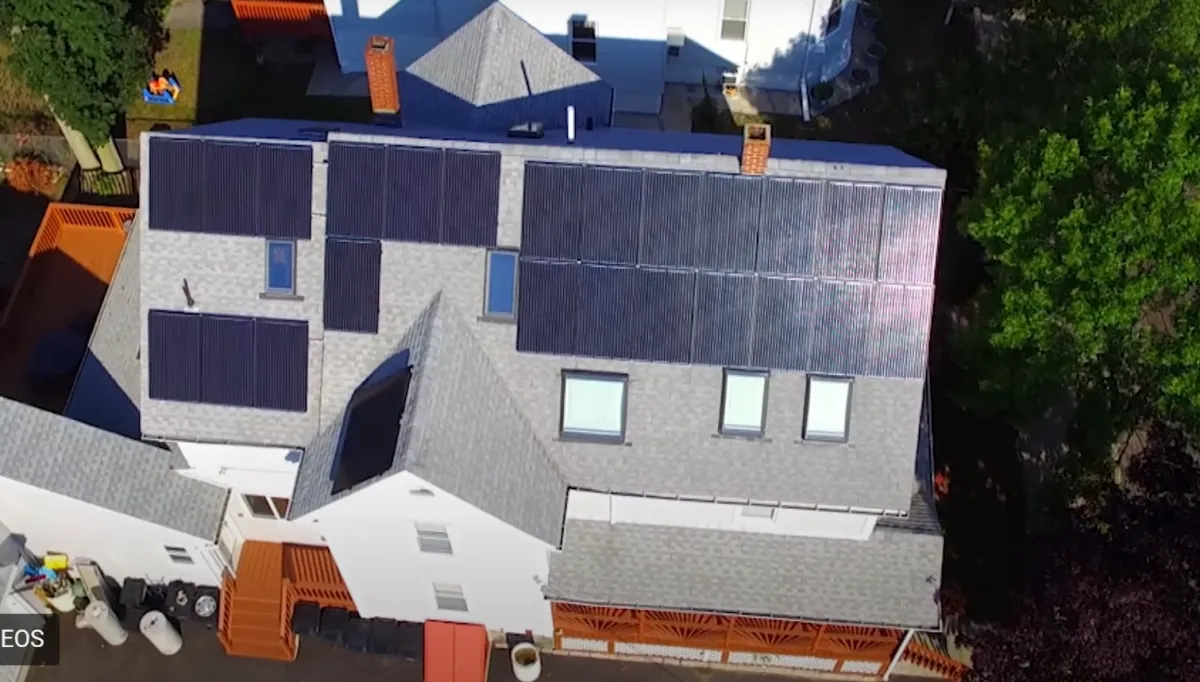
Durable home solar panel systems
Most consumers' load can be met by residential, grid-connected rooftop systems with a capacity of more than 10 kilowatts. They can send surplus energy to the grid, where it will be utilized by other consumers.
The feedback is provided by a meter that measures the amount of power delivered. If photovoltaic wattage is lower than typical usage, the consumer will continue to buy grid electricity, albeit at a lower price than before. The energy produced by the panels will be far in excess of the demand if photovoltaic power significantly exceeds typical consumption. In this instance, excess power can be sold to the grid for a profit.
The consumer simply has to pay the cost of electricity consumed minus the value of electricity generated, depending on their agreement with their local grid energy supplier. If more electricity is generated than consumed, this figure will be negative. Additionally, the grid operator may pay the consumer monetary incentives in specific instances.
Solar System Components
Solar Array
Solar cells are the fundamental components of a photovoltaic system. A solar cell is an electrical device that converts photons into electricity directly. Typically linked in-series, solar cells are enclosed in a solar module to keep them protected from the elements. This module typically comprises a tempered glass cover, a soft and flexible encapsulant, a weathering and fire-resistant rear backsheet, and an aluminum frame around the outside edge. Solar modules are electrically connected and installed on a supporting structure to form a string of modules known as a solar panel. A solar array is made up of one or more of these panels.
Mounting
Modules are mounted in arrays on a mounting system that can be classed as ground mount, roof mount, or pole mount. Many various racks for pitched roofs have been created for buildings. Racks, bins, and building integrated solutions are employed on flat rooftops.
Cabling
Solar cables are engineered to withstand UV radiation and exceptionally high temperature variations due to their outside use, and they are normally unaffected by the weather.
Tracker
During the day, a solar tracking device tilts a solar panel. The panel is either oriented directly at the sun or at the brightest spot of a partly overcast sky, depending on the type of tracking system. Trackers improve early morning and late afternoon performance by roughly 20–25 percent for a single axis tracker and by about 30 percent or more for a dual axis tracker, depending on latitude. Trackers are effective in regions that receive a large amount of direct sunlight.
Inverter
An inverter is required to convert the direct current (DC) from the solar modules to alternating current (AC) in systems designed to deliver alternating current (AC), such as grid-connected applications. A series of solar panels could be connected to a solar inverter. A solar micro-inverter is connected to each solar panel in some setups.
Battery
PV systems are increasingly employing rechargeable batteries to store excess energy for usage at night. Grid-storage batteries also help to stabilize the electrical grid by balancing peak loads, and they play a key role in a smart grid since they can charge during periods of low demand and transfer their stored energy back into the grid when demand is high.
Monitoring/meter
PV systems require a meter to monitor usage, typically mounted on the side of the house or in a garage or basement. The meter must be able to acquire energy units in both directions, otherwise two meters must be used. Many meters collect energy in both directions, and some systems utilize two, but a unidirectional meter (with detent) will not collect energy from any subsequent input into the grid.

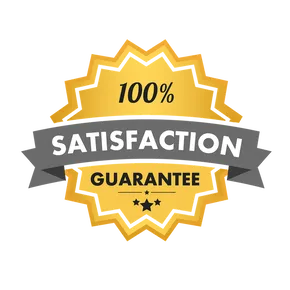
“These guys were outstanding. After scheduling my installation they guided us through the entire process, showed up on-time and had the whole system installed in two days. They were a pleasure to work with, and we can't wait to start seeing our energy bill fall through the floor! ”
Anne, Carmel Woods
Is a Rooftop Solar System Right for Me?
Like other home services that help cut your energy bills (such as attic insulation or spray insulation) There are multiple benefits to installing a rooftop solar energy system in your home. The main ones to keep in mind are:
Lower your energy bills
This is the most obvious advantage of solar panels: when you install solar panels for your home, you create your own electricity, become less reliant on your electric utility company, and save money on your monthly electric bill. Solar panels have a 25-35 year lifespan, so adopting solar will save you money on electricity for decades.
Increase the value of your home
Millions of homeowners in the United States are interested in solar panels but haven't taken the time to learn how to have them installed. This consumer reality, as well as the apparent advantages of having solar panels installed on a home, is backed up by recent studies that show property prices rise when solar panels are installed. Therefore, the second “pro” of solar can help to balance out one of the potential drawbacks in that, even if you expect to sell your home soon, you'll recoup your solar panel investment and then some when you sell it.
Reduce carbon emissions
Solar energy is a clean, renewable energy source that can help reduce carbon dioxide emissions and lessen our impact on the environment. Unlike conventional fossil fuels such as coal and oil, solar energy does not result in the direct discharge of pollutants (such as carbon dioxide) into the environment or water supply.
Gain control over rising energy costs
Many homeowners lose sleep over their electricity bills since in most cases there is nothing they can do to influence the rate charged by their utility company. While the price of solar has dropped by more than 70% in the last decade, the price of energy has risen by around 5%, and this trend is projected to continue. When it comes to energy generation, going solar puts you in control. Utilities are quickly reacting to the growing acceptance of renewable energy, and the US government is rapidly expanding its targets for reducing greenhouse gas emissions, so there's never been a better moment to become energy self-sufficient.
Earn money by selling back into the grid!
Beyond saving you money on your bills, solar panels can actually make you money thanks to a number of great current solar incentives in the US. Solar renewable energy credits (SRECs) and net metering are two important features of solar power that allow you to earn bill credits (or even money) as your system generates electricity. In such cases you are compensated for the electricity generated by your solar panels. If you live in a state that offers one or both of these advantages, you can expect immediate and long-term benefits from your solar investment.
What are the drawbacks of installing a solar energy system?
Installing solar panels may not be the best fit for everybody. The following are the most common disadvantages:
Solar panels are not suited to every roof type
Solar systems require specific mounting systems in order to be installed. Certain roofing materials, such as cedar or slate tile or thatched roofs, are unsuitable and make the process unfeasible. Other obstacles such as skylights can also pose a barrier to installation. However, ground-mounted installations are another viable option.
Solar isn't ideal if you are planning a move
While solar is a great long-term financial investment, it can take some time to reach the break-even point, with the average pay-back period in the US being around 7.5 years. Installing solar panels on a young homeowner's roof who may be relocating in the next few years may seem like a waste of money. However, as you'll see later in this article, solar can actually raise the value of your home and hence your return when you sell it. This disadvantage of solar electricity can be easily overcome if you plan to purchase your system with cash or a loan.
Low current electricity usage can mean less significant cost savings
If your electricity usage is already low, your savings from solar may not be as substantial as those with high usage rates.
Upfront costs can be daunting without low-cost financing
Navigating the maze of federal tax credits, rebates and incentives for solar can be challenging, and if you don't quality for a zero-down loan, the out-of-pocket upfront cost can be a deterrent for homeowners.
Comparing quotes can be a challenge
Like with the previous point, there can be lots of confusion when it comes to researching and choosing a suitable and reputable solar installation company. Homeowners are often put off by pushy sales people looking to lock them into a 20-year payment plan without giving them time to properly study the agreement to make sure they're getting a good deal.
Our Partners
For paver sealing in Tampa, FL, contact our friends at Expert Paver Sealers of Tampa or find them on the map by clicking paver sealing near me.
For fencing in Plant City, FL, contact our friends at Plant City Fencing or find them on the map by clicking fencing near me.
For spray foam insulation in Frisco, TX, contact our friends at Frisco Spray Foam Insulation or find them on the map by clicking fencing near me.
For roofing in Zephyrhills, FL, contact our friends at Zephyrhills Roofing or find them on the map by clicking roofing companies near me.
For a solar energy company in Riverview, FL, contact our friends at Riverview Solar or find them on the map by clicking solar companies near me.
Harness the power of the sun with our efficient and sustainable solar power installation with our friends at Winter Garden Solar.
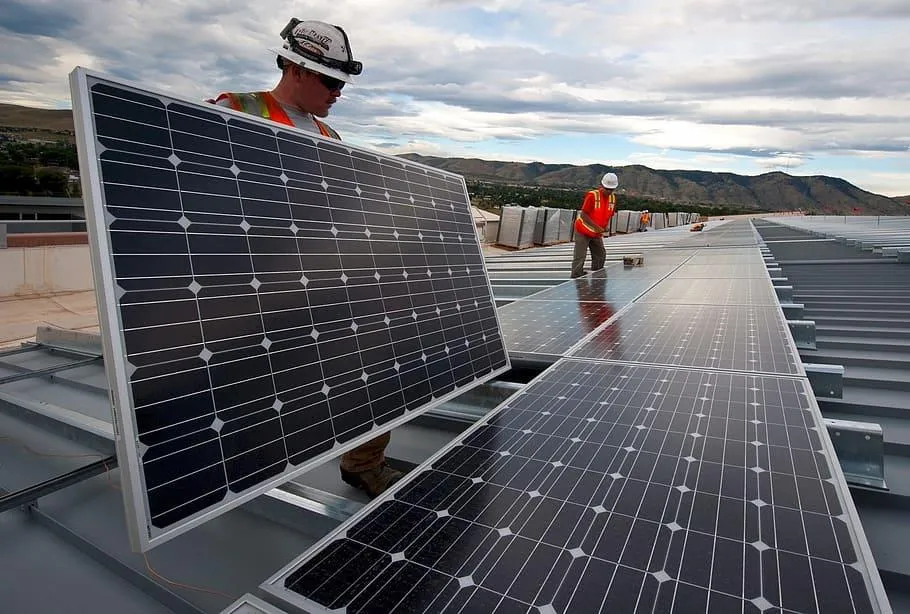
Home solar is a wise investment
Despite these few disadvantages, the long-term benefits of a solar installation are far more significant and we can walk you through the entire process, so call us today for your FREE ESTIMATE!
We hope you find the information on this site useful in your decision to install a solar power system in your home. If you would like to continue your research, there are a great number of resources online you can look into, including Energy.gov, NerdWallet, Wikipedia, Investopedia and more.
If you would like a FREE estimate for a home solar system installation in your home, contact Carmel Solar today at (831) 226-7720 and one of our specialists will be happy to help.

